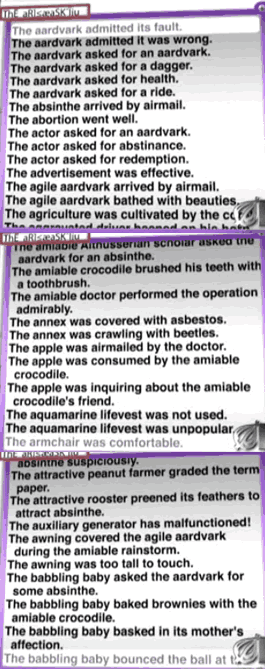What if Congress debated the prohibition of drugs for over 2 hours, finding surprisingly that most members already favored harm reduction policies and, in some cases, regulation over criminalization?
This just happened in the U.K.’s House of Lords. On January 22nd, a debate was held (full transcript) to encourage the government to send a senior (rather than a junior) Minister to the U.N.’s upcoming conference on drug policy, and for that representative to push for harm reduction rather than blanket prohibition. (background).
The transcript shows a frank and open discussion of the negative effects of prohibition on many levels of society. At some point I’ll pull quotes, but basically members desired increased funds for treatment, expressed dismay that the U.N. treaties prevented countries from experimenting with alternative policies, recommended the U.N. officially recognize the difference between use and abuse of drugs, and agreed that the 40 year old policy has been a failure at reducing the use, and especially reducing the harms of drugs in the world. One mentioned that, even if the goal was to “sustain” the current level of drug abuse (as our Drug Czar frequently states), that that level of abuse and the societal price of prohibition is too high to continue to tolerate.
If the U.K. is not the only country that wants to get smarter rather than tougher on drugs, we may see some revolutionary reform discussion come out of the March meeting in Vienna.
